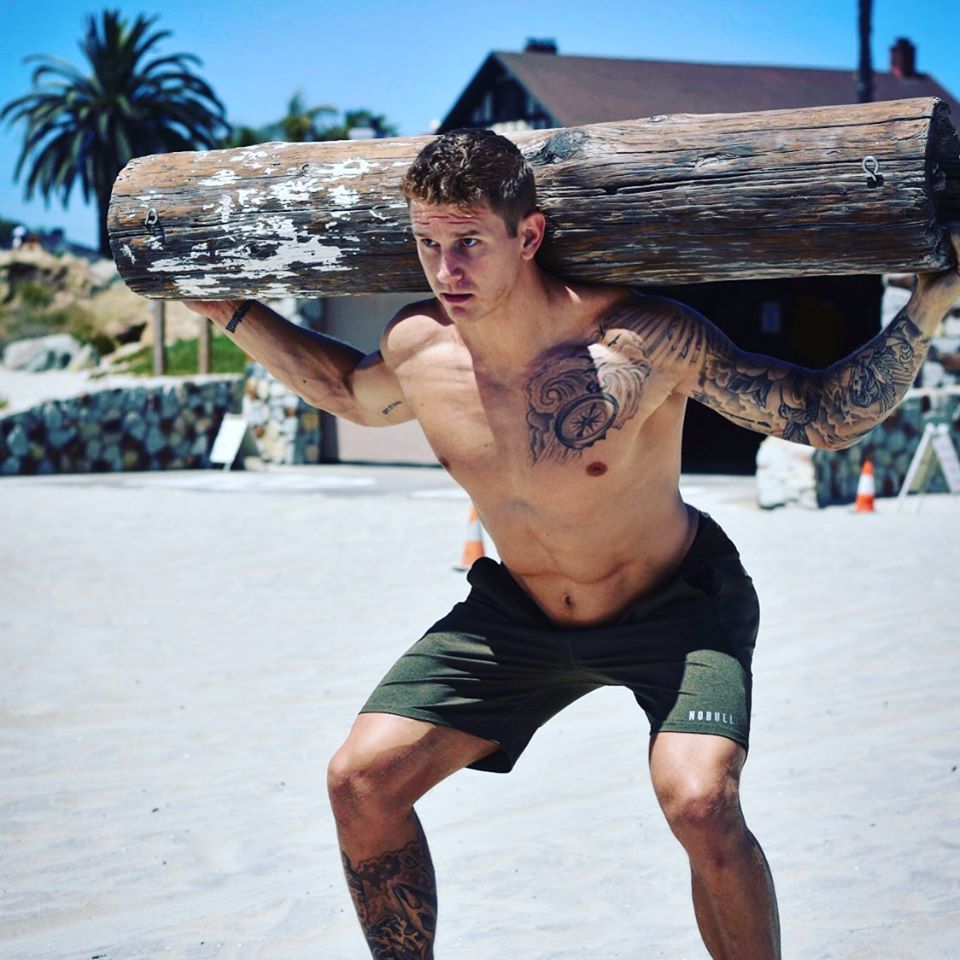 Squat Tips for Better Joint Activation
Squat Tips for Better Joint Activation
Written by Zak Roser
If you’ve ever heard the term “butt wink” you have probably heard about the importance of core bracing. A butt wink is when your tailbone tilts under at the bottom of a squat. Sometimes this is due to poor mobility and sometimes it is due to poor bracing of your “core” muscles.
Bracing for a Squat
Thankfully, core bracing is a skill that is learned, practiced and conscious during a movement and can be adjusted much easier and more quickly than mobility issues.
To properly brace the core for a dynamic/heavy lift: breath in through the nose, feel your stomach fill with air, now pull your belly button to your spine and expand your waist laterally. This will create intra-abdominal pressure and most importantly protect your lower back and hips from compromised mechanics.
The Proper Hip Position in a Squat
The hips are hugely important during any squat variation as control of the ground is needed. This control is achieved by spreading the floor between your feet with initiation at the hips using external rotation.
This engagement is different than simply pushing the knees out, the knee out (varus) position changes the contact of both feet, therefore changing the overall base of support. The idea behind pushing the knees out is to create torque. Some people mistake the cue of “knees out” to mean “turn the foot out”. This is NOT the correct thing to do. Turning the foot out will keep the knees in that outward position at the top of the squat but it will actually make it harder to create the tension and torque in the bottom position that you need to keep your squats safe.
How to Create Hip External Rotation in a Squat
The initiation with the hips, allows the athlete to keep the feet grounded and have more conscious control of the pelvis in space. By forcing the knees away from the midline (essentially where the “knees out” cue comes from), the idea is to activate the muscles that set the knees, pelvis, and lumbar spine in a safe position.
This starts well above the knee, though. It starts at the hips. If you rotate the femur in the hip socket, it forces the knees into that outward position and it automatically creates torque when you keep your feet in your initial squatting position. The torque is important because it creates an active arch in the foot, forces the knee into a natural angle, keeps the proper muscles under tension for the movement and allows for a strong AND safe position under heavy loads.
By activating your core in a solid brace and creating strong external rotation and torque in your hips while squatting, you are setting yourself up for a stronger and safer lifting future! Try these tips next time you squat and share your favorite cues in the comments!
Also Check Out…
The Great Kettlebell Swing Debate
Creating Torque Through Internal Rotation
